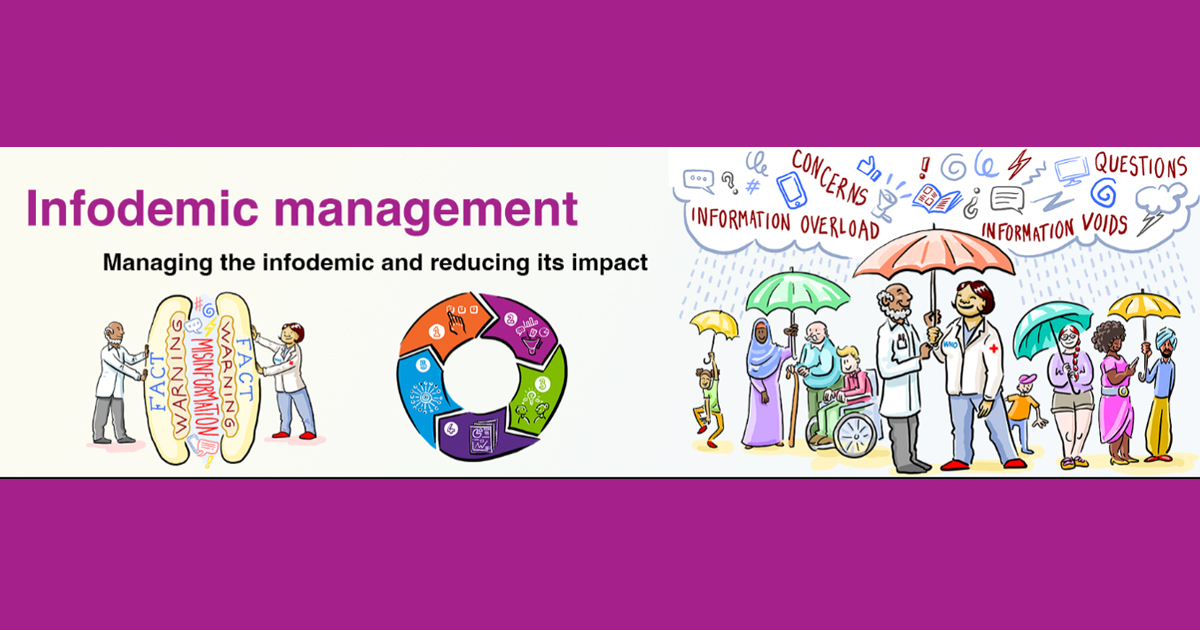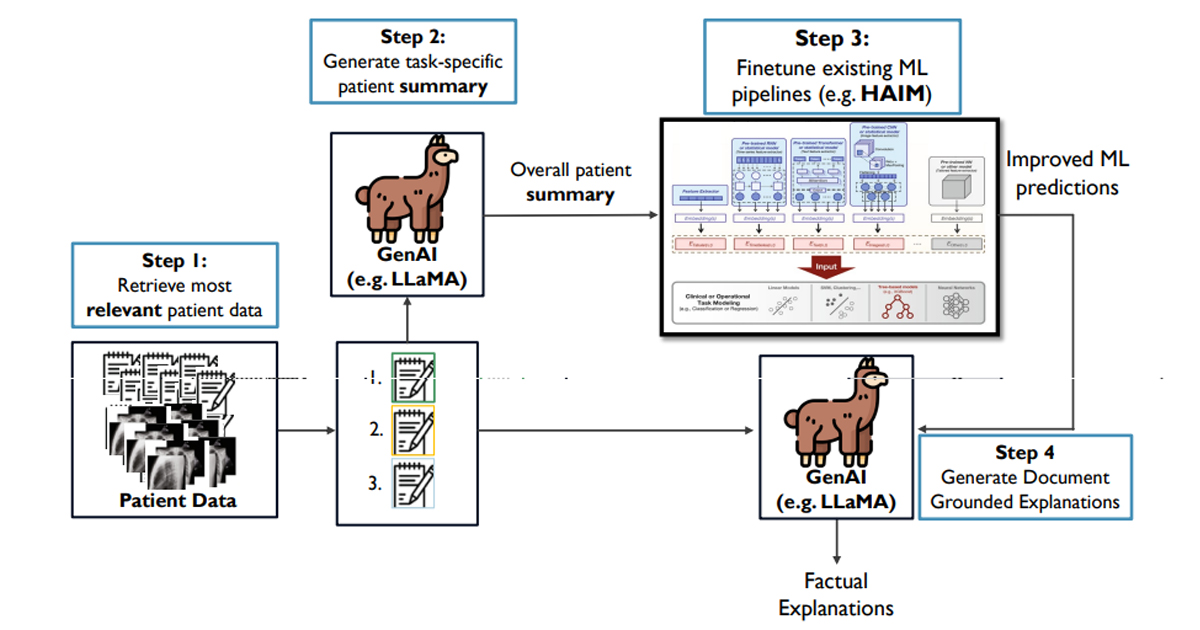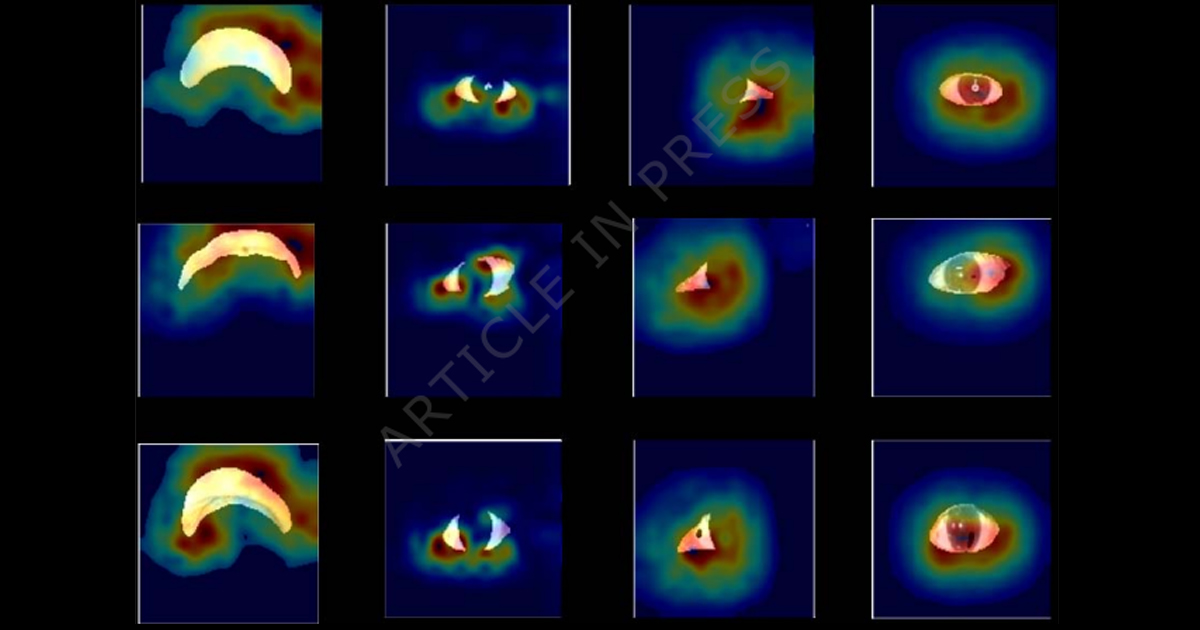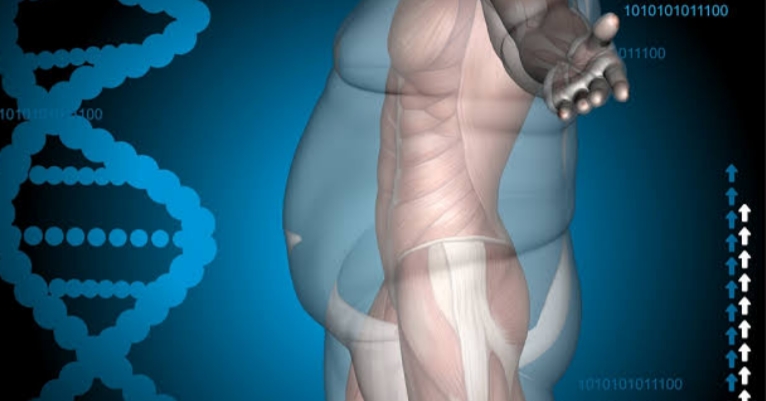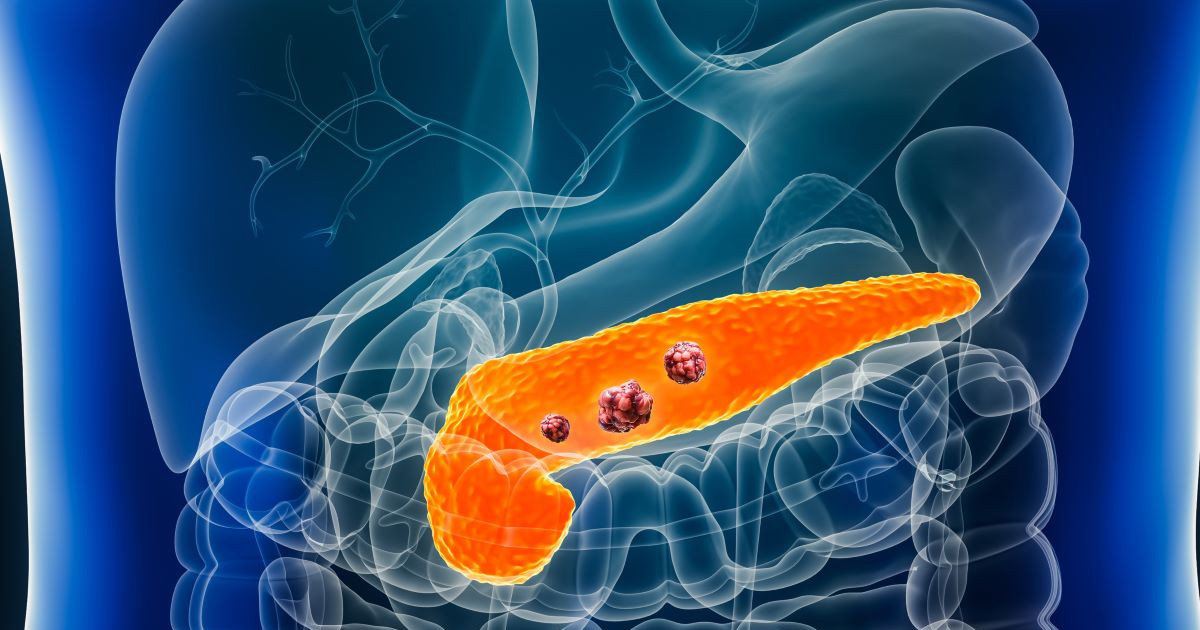The study was published on November 1, 2019 in Nature Communications.
Investigadores del Instituto de Salud N.1 de la Universidad Nacional de Singapur (NUS) realizaron estudio sobre sobre working memory o memoria de trabajo, que es la habilitad de manipular información en corto plazo. “El mantenimiento de la memoria parece implicar la actividad sostenida de las neuronas en la corteza prefrontal lateral” mencionan al inicio del estudio.
Los investigadores en su hipótesis aseguran que el mantenimiento de la memoria parece implicar la actividad de neuronas en la corteza prefrontal lateral por lo que el mantenimiento de la memoria parece implicar la actividad sostenida de las neuronas en la corteza prefrontal lateral (LPFC).
Los investigadores desarrollaron un algorithm de optimización, a través de este encontraron un subespacio de baja dimensión que contiene información de memoria invariante en el tiempo. Esta información se redujo en los ensayos donde se utilizaron dos monos adultos, y ambos cometieron errores en la tarea asignada, y también se encontró en períodos del ensayo que no se utilizaron para encontrar el subespacio.
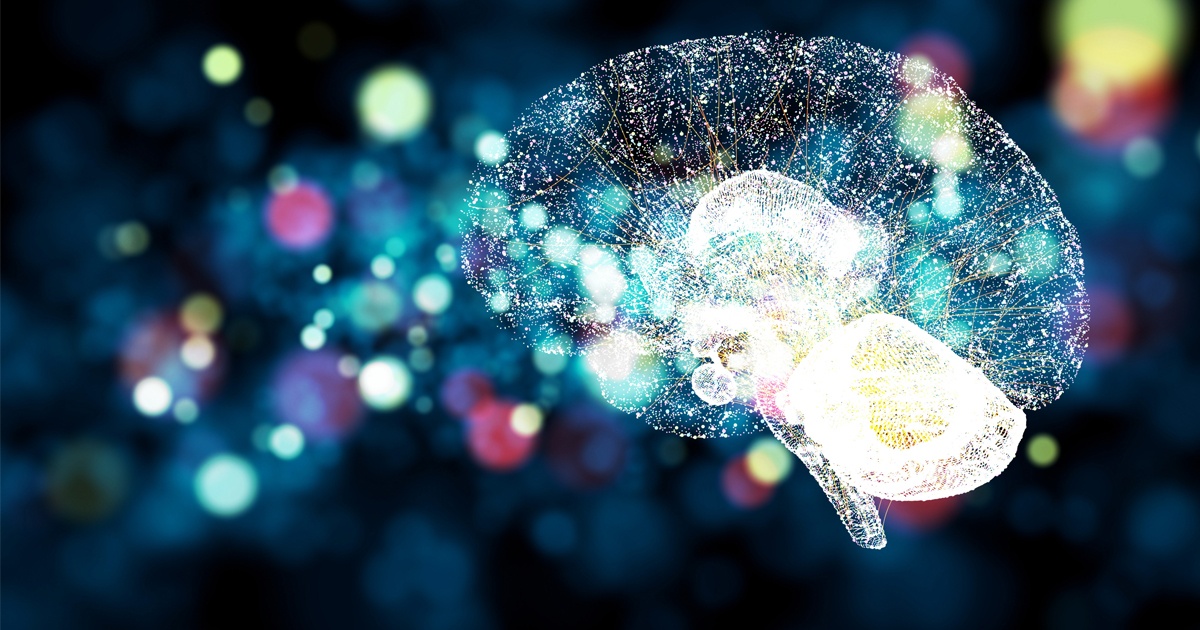
Los científicos, liderados por el Profesor Asistente Camilo Libedinsky, del Departamento de Psicología de la NUS, y el Profesor titular Shih-Cheng Yen, del Programa de Innovation y Diseño en la Facultad de Ingeniería de la NUS, encontraron que una población de neuronas en el lóbulo frontal del cerebro contiene información de memoria estable a corto plazo dentro de la actividad neuronal que cambia dinámicamente.
Para la realización de este estudio se entrenaron dos monos adultos para realizar una tarea con un distractor intermedio. Se registraron un total de 256 neuronas LPFC y 137 neuronas FEF. “El LPFC tiene un gran número de neuronas con respuestas selectivas mixtas, que aumentan drásticamente la dimensionalidad de las representaciones y pueden soportar una transmisión de información fiable”.
En el estudio se demostró que una región abajo del LPFC podría leer información de memoria invariante en el tiempo utilizando el subespacio, no obstante, no se ha demostrado que alguna región utilice el subespacio para leer información. A través de herramientas de machine learning los científicos demostraron que es posible encontrar información estable dentro del código cambiante de la población neuronal.
Ahora los investigadores están ampliando este tipo de estudios para conocer como interactúan las diferentes regiones del cerebro en el procesamiento de la información recibida.
Para leer el estudio completo (en inglés) ingresa al siguiente enlace: https://www.nature.com/articles/s41467-019-12841-y#Sec7


